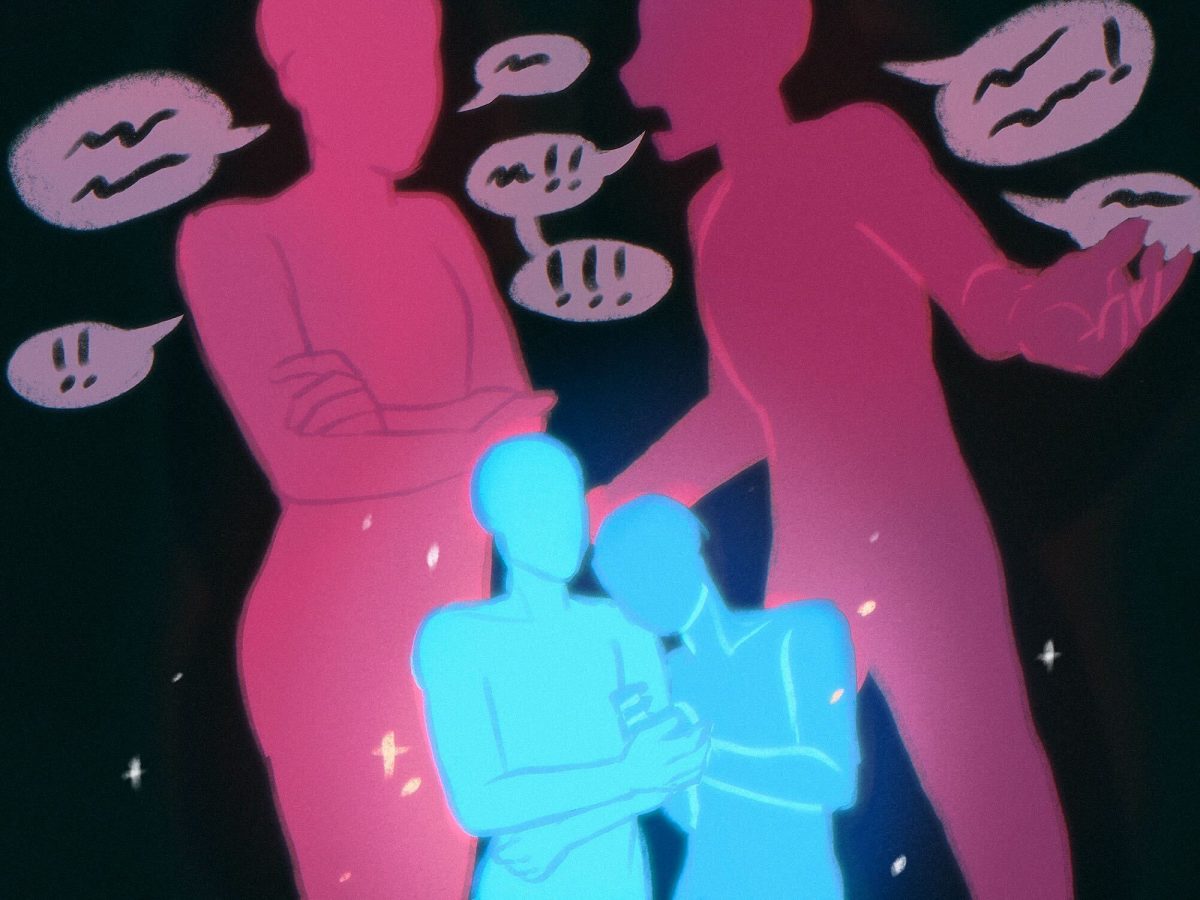All over campus, students are greeted with an array of colorful and carefully designed posters with useful self-help tips.
“Don’t let up: Address stress!” exclaims one pink poster featuring a grey kitten. Another tells students “Look after yourself” along with an image of a big leather chair.

These tips place the responsibility of a healthy body and mind on the reader. It is up to you to go outside or calm down. You are in charge of your own health, and you can control your own conditions if you take care of yourself in the right ways.
But what do these posters fail to capture in all their minimalism and clean graphic design?
Right before you enter Boston University’s Marciano Commons, a graphic flashes on one of the Student Health Services screens: “84% of Terriers have felt overwhelmed by all they’ve had to do,” it reads. “You are not alone. Behavioral Medicine is here for you.”
This statistic says more about BU than its students or the prevalence of mental health issues in the general population.
Why do 84 percent of BU students report feeling stressed? What factor could they all possibly have in common?

Here’s a wild guess: Maybe it’s the school they attend.
The rise of mental health awareness has been a blessing and a curse in many ways, mostly because it allowed corporations and institutions to place blame on the affected individual rather than the structures that caused them further harm.
Mental illness is a real and prevalent issue on our campus and in our communities, but so are artificial sources of stress: ridiculous deadlines, overly harsh grading metrics and apathetic teachers.
Students suffering from mental illness should absolutely have access to the support and counseling they need, but we also cannot ignore the realities of the environment in which we live.
Mental illness does not exist in a bubble. It may be caused by certain inherent neurological processes, but that does not mean environmental factors — such as unending workloads, dreary work environments and social isolation — have no effect on how a person feels.
Additionally, the insistence of treating mental illness as an innate biological process — completely removed from cultural conceptions of self and an individual’s financial situation — does not help remove the stigma of mental illness. If anything, it makes it seem like a self-contained issue belonging to someone completely alien from you.
The solution to improving students’ mental health is not only medicating and counselling individual students, but also looking at the structures we as students are living under.
And learning the neurobiological root of all mental illness won’t, for instance, remove the overbearing, crushing weight of student debt. BU can actively help students better their mental health and financial stability, rather than try to smooth things over with an awful cartoon poster.
Using some bubble letters to tell students they need to deal with their stress is frankly the most abject waste of resources possible.
Instead of telling students what to do, BU should work on creating a safer, healthier environment for their students and stop using mental health awareness as a scapegoat for their failures.





















































































































Harold A Maio • Feb 24, 2021 at 2:59 pm
help remove the stigma of mental illness.
Are you telling me you have been educated to believe there is a stigma to mental health issues?
Who perpetrated that fraud upon you has done enough harm. Rise above them. Please don’t continue to perpetrate it upon others.
Harold A Maio, retired mental health editor